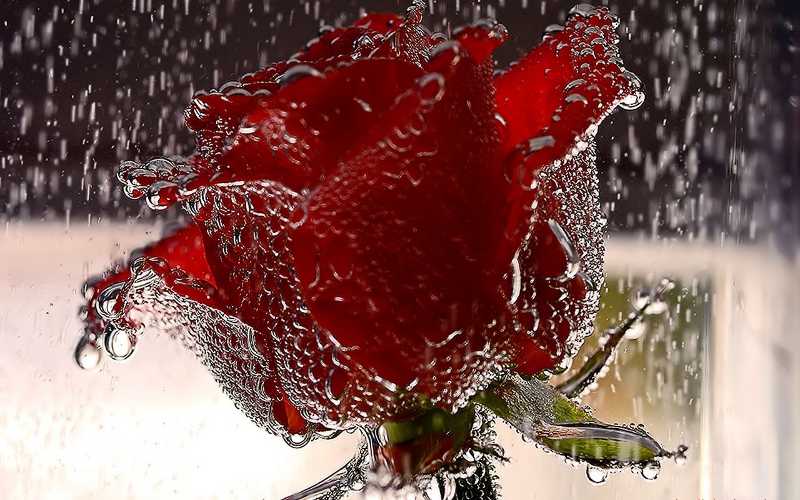FWP:
SETS == HERE/THERE
JALVAH: {7,4}
This verse is part of a sort of quasi-'verse-set' that begins with {15,2}. However, it lacks the self-reflexive 'mutual causality' that makes {15,2} and {15,3} so enjoyable. It has a straightforward simplicity of tone, lyrical meaning, good sound effects; it also is-- as it should be, given the theme-- full of 'flowingness.'
For more on the 'lamp-display', see {5,5}.
The stream in the garden reflected the red radiance of the roses so brilliantly
that it looked like a 'lamp-display'. But the lover too had his counterpart:
the stream of his brilliantly roseate bloody tears.

Nazm:
That is, there, there were so many flower-beds, and they extended so far, that their reflection seemed to create a lamp-display. And here, tears of blood had flowed so far that the wet eyes were comparable to streams; and in answer to the branches of the rose, drops of blood on the eyelashes. (15-16)
== Nazm page 15; Nazm page 16